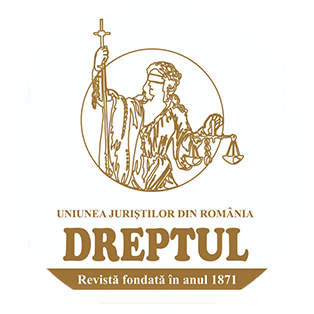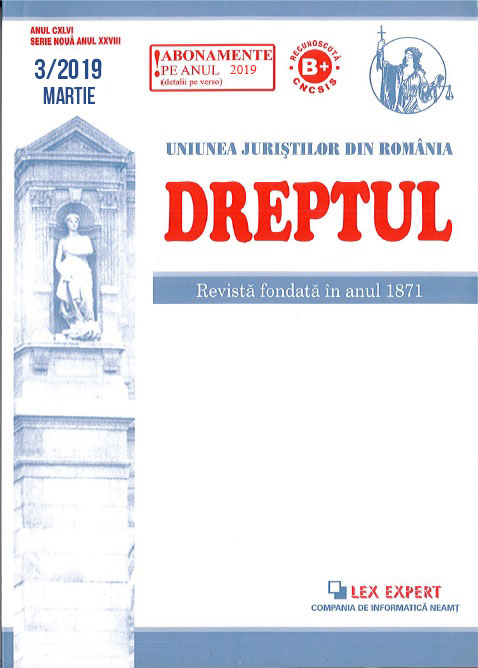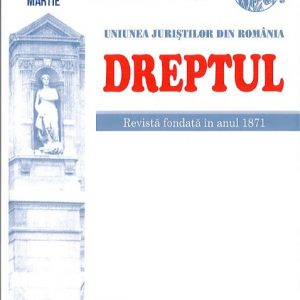As a novelty, the legislator provides, in the current Civil Procedure Code, that the evidence of an act or of a legal fact can be made, among others, by using the material means of evidence (Article 250), to which it dedicates the provisions of Articles 341–344, provisions which constitute the common law in the matter.
Things which, by their attributes, by their appearance or by the signs or traces they preserve, serve to establish a fact that can lead to the settlement of the trial are material means of evidence. Likewise, in the legislator’s conception, the registrations of the state or location of objects or certain factual situations, regardless of the way of registration, are also material means of evidence. In this hypothesis, the material evidence (the content of the registration) is submitted to the court through the technical support used for registration.
The solution of the legislator to acknowledge, in the Civil Procedure Code, provisions relative to the material means of evidence is natural, since, in accordance with the criteria used in the doctrine, material evidence is direct, primary, or immediate evidence, personally perceived by the judge of the case. Perhaps that one of the sources of inspiration for the Romanian legislator was the Civil Code of Québec.
Although the French civil legislation does not contain express provisions on the material evidence, the French doctrine and the case law of the French Court of Cassation in the matter have also represented a reference for the Romanian legislator.


